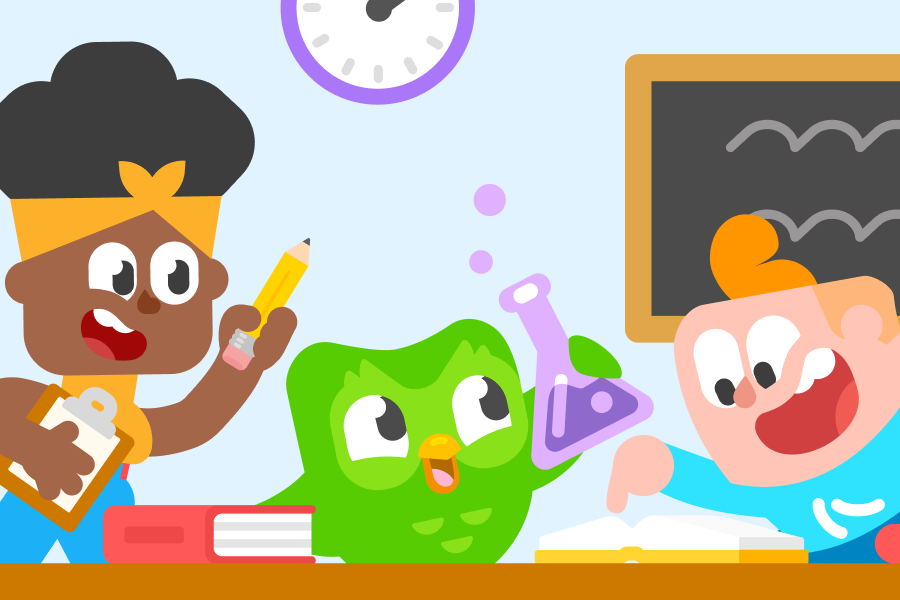Duolingo was built with a singular goal: to bring high-quality education to everyone on the planet by harnessing the power of technology. And while we started with language learning, Duolingo has become so much more than that: we’ve developed an on-demand English proficiency test, we’ve produced award-winning podcasts, we’ve launched Duolingo ABC to help kids learn to read, and we’ve done all of this by creating content that’s both entertaining and effective.
Since our launch 10 years ago, we’ve continued to test and evaluate our teaching and assessment methods to ensure our courses are free, fun, and effective—highlighted by a recent study showing how learning French or Spanish on Duolingo leads to comparable outcomes as learning at a U.S. university.
Our team is made up of some of the smartest minds in education and technology, and together, we have revolutionized many aspects of online learning. Here are just a few of the most exciting educational and technological advancements we’ve made in the last 10 years!
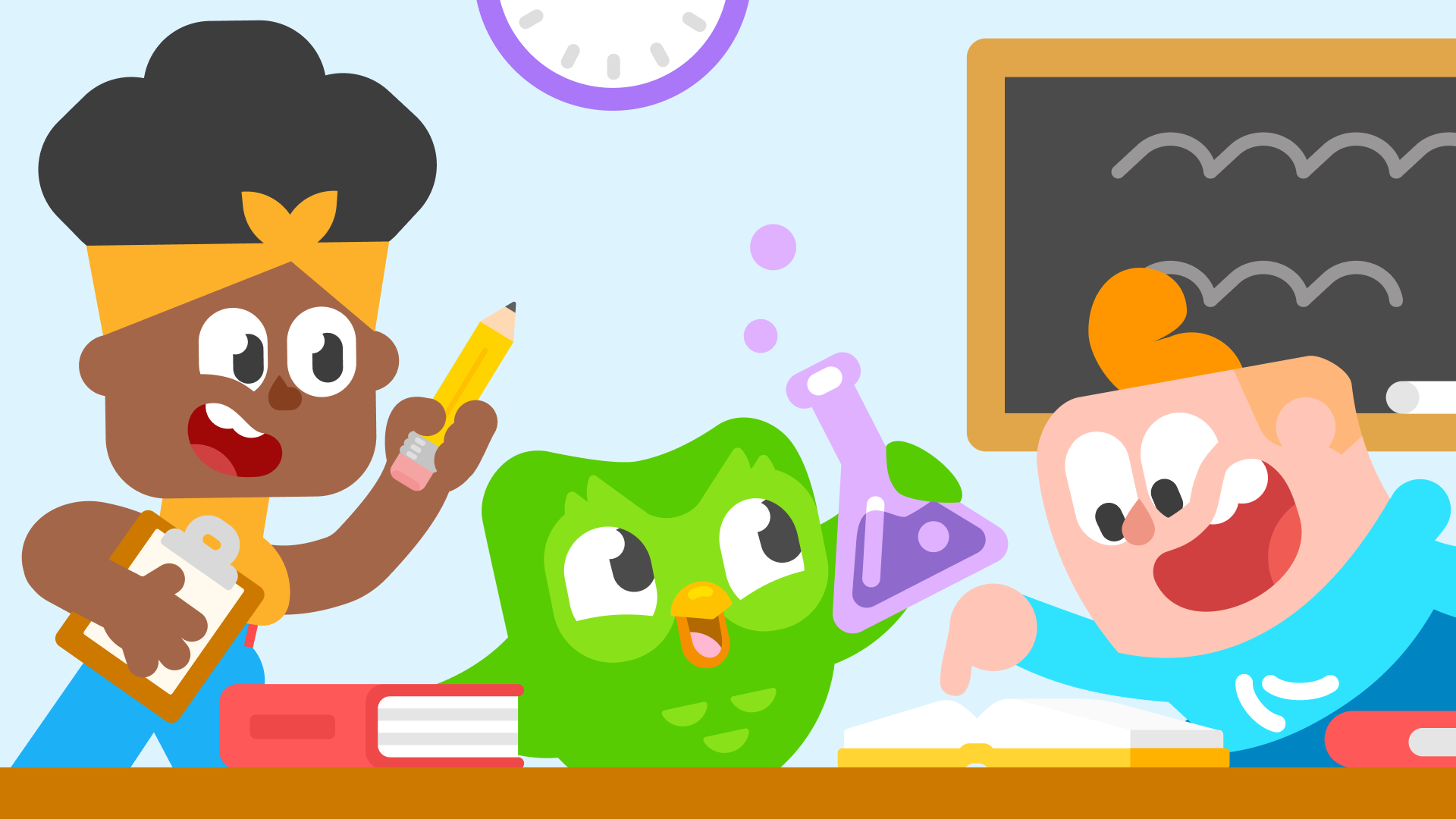
We made learning bite-sized. When we launched our product in 2012, we quickly realized that smartphone technology could help us follow through on our mission to give everyone access to high-quality education. We saw people obsessed with scrolling social media or playing addictive mobile games, and we figured we could make all that time on your phones more productive, but still fun! We created gamified mini-lessons that anyone could do on a lunch break, when they wake up, between meetings, while waiting in a long line… anytime a learner could spare a few minutes, Duolingo was ready with a lesson. Turns out, our bet on mobile technology paid off: within a year of launch, about 80% of our learners were using Duolingo on their phones!
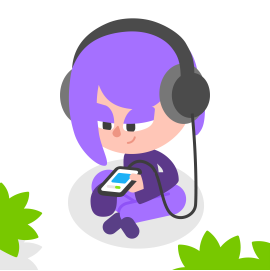
The Duolingo Incubator allowed us to scale up our course offerings quickly and efficiently. It’s not easy to develop an entire language course from scratch! Not long after launching our app, we released the Duolingo Incubator, a platform that allowed people all over the world to help create a new language course. By recruiting groups of smart, motivated volunteers to help us build courses for languages they’re passionate about, we were able to jumpstart our course offerings and build a global community of learners. This was also the reason we could offer courses for less commonly taught languages, like Hawaiian and Guarani, and out-of-the-box constructed languages, like Klingon! Duolingo has grown so much over the last decade (we now offer more than 100 courses!), so today all our course creation happens in-house. But learners can still check the Incubator to see what courses are in development (and be patient, a course takes at least 9 months to launch—usually longer)!
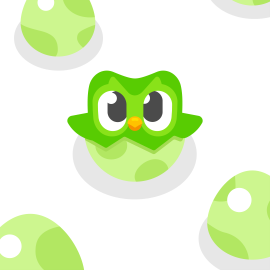
We built a business without charging for content. The typical way to monetize a product involves some kind of paywall, which can degrade the experience for free users. When we decided to launch our premium subscription product, now known as Super Duolingo, we didn’t charge for learning content — we only charged to remove ads. Though there are some features that Super Duolingo users can access (like Unlimited Hearts), we ensured that a learner on Super Duolingo and a free learner would have access to the same course, the same tips, the same high-quality instruction that would help them reach their learning goals. By keeping Duolingo’s core product free, we ensure that money will never be a barrier to getting a high-quality education on Duolingo.

Duolingo English Test built the future of high-stakes testing. When Duolingo launched the Duolingo English Test in 2016, we knew that one challenge of creating an accessible, on-demand high-stakes test was making sure it met the rigorous security standards of the testing industry. To do this, the test leveraged “human-in-the-loop” AI, a blend of expert proctors and test designers alongside machine learning to ensure the validity and security of the test.
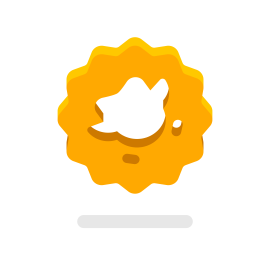
In finding a way to offer a secure, effective proficiency test that could be taken on demand, the DET eliminated key barriers to higher education: The test is affordable and you can take it from anywhere! Now, the DET is accepted by more than 3,500 institutions across the globe!
We built our own machine learning technology to personalize lessons. There are lots of machine learning models out there in the world, but for the specific language-related problems we were looking to solve, we had to build our own! Known internally as Birdbrain, this system uses data from the more than 500 million exercises completed daily on Duolingo to learn both how proficient our learners are and how difficult the content is for each of them. This is the secret sauce behind our personalized daily lessons: Birdbrain helps pick and sort exercises for each learner and then generates dynamic lessons based on the learner’s particular progress and learning needs. At the time of Birdbrain’s launch, it was the largest-scale student model used in all of language learning technology!
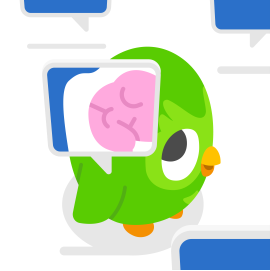
We made learning a social experience. Learning is more fun with friends — and more motivating, too! To make Duolingo more engaging and exciting, we released a host of social features, like Leaderboards, which allows learners to engage in some (friendly) competition every week as they try to rack up the most XP and advance to higher leagues. In early 2020, we launched Kudos, which ended up being one of our most motivating features! With Kudos, you don’t just follow friends, but you celebrate them, too. Nothing feels better than a few high-fives and encouraging messages after you hit a major milestone!
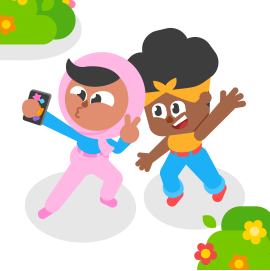
Our Spanish podcast was a first-of-its kind learning tool. In late 2017, Duolingo launched its first podcast for English speakers learning Spanish, but it was more than just an engaging show. We came up with an innovative format to create compelling, but accessible, content for intermediate learners: the podcast uses real people and narratives in the target language with a host who narrates the show in English and chimes in every once in a while to keep the listener on track.
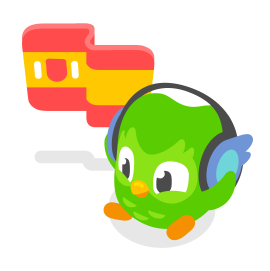
This format is still used today, and we’ve expanded our award-winning podcast network to include French for English speakers, English for Spanish speakers, and English for Portuguese speakers. Learners sharpen their listening and comprehension skills and they learn more about the culture and history of the countries where those languages are spoken!
We’ve made thousands of improvements, large and small. In 2017, we built and launched an experimentation tool that has been a secret weapon in helping us to constantly improve the Duolingo experience. At any given time, we have hundreds of experiments running across our platforms — these range from launching big new features, to trying out a motivating message at the end of a lesson — and our constant A/B testing means that we never launch an update without being confident that it’s the right move for our business and our learners.
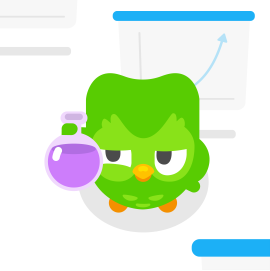
We revolutionized how brands can (and should) use social platforms to connect with their audiences. Though people say our TikTok presence is “unhinged” and it would seem like you don’t know what Duo will be up to next, we actually know exactly what Duo is doing. Our global social team set a new standard for how brands represent themselves on TikTok, with a blend of reactivity, community engagement, and maintaining an alignment to our mission (namely, learning should be fun!). And Dua Lipa, if you’re reading this? Please respond to Duo. He’s so lovesick he ate all the chocolate at HQ.
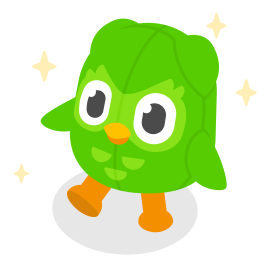
We used text-to-speech technology to give our characters voices, and scale those voices across our courses. Learning alongside Lily, Zari, and the cast of the Duolingo world is fun and engaging, but it was only step one in bringing these characters to life. To help them develop their own personality, and make them even more effective teachers, we did some Hollywood-level casting to find the perfect voice for each character — in every language we teach. Once we had the voices recorded, we used the power of machine learning to build text-to-speech (TTS) voices, which could be programmed to say anything. Though some of this technology existed, we had to do a lot of work to fit our specific use case: these voices had to be reliable tools for teaching pronunciation. It wasn’t easy, but our speech engineers worked together to input a range of examples so that each character could speak up in your Duolingo lesson!
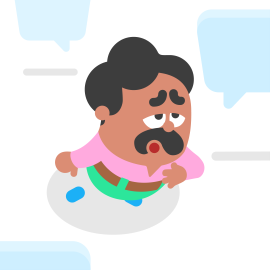
We’ve made so many exciting updates to our product in the last 10 years, but we’re just getting started! Stay tuned for more innovations in our language-learning app, Duolingo ABC, and coming soon, our math app!
